SITUATION
• Legacy processes included physical files that made collaboration for each event challenging to all involved
• With over 300 events and performances each year, the Maryland Theatre needed to streamline information and processes related to its packed calendar, nonprofit operations, sales initiatives and maintenance needs
RESULTS
• Improved quality of documentation, enabling faster, more informed decisions and delivery of an overall higher quality client and patron experience
• Hired an additional staff member to support the growing performance and events schedule
The Maryland Theatre first opened its doors in 1915, as a Vaudeville house. In 1927, it became a movie palace that offered audiences multiple movies daily for over 40 years. Even after being partially destroyed by a fire in 1974 and a consequent renovation, the theatre remains a significant part of the area’s history. The anchor of the area’s Arts and Entertainment District, the Maryland Theatre is also listed on the National Register of Historic Places.

While the staff of the century-old venue honors the past, they understand the importance of enabling audiences to enjoy the theatre for generations to come. That means ensuring the success of the business side of the theatre — digitizing and optimizing processes to improve efficiency, organization and collaboration across departments. The theatre now uses Laserfiche to support these efforts, collecting and managing information, and automating workflows so that staff can spend more time on creating a spectacular guest experience.
Digital Transformation at a Century-Old Institution
The theatre staff spent years looking for a solution that would help streamline day-to-day tasks and processes that are typically managed through a customer relationship management software (CRM). “Nothing ever seemed right,” said Audrey Vargason, operations manager at the Maryland Theatre. “Any system we looked at was either too costly, not customizable enough, not user friendly, or not cloud based.”
Laserfiche solution provider Doing Better Business introduced Laserfiche as a potential fit for the Maryland Theatre’s needs. “Ultimately, we chose Laserfiche over a big-box CRM for reasons such as security, customization, cloud-based accessibility, local customization support, and a user-friendly interface for a multi-generational workforce.”
Today, the theatre has implemented Laserfiche across multiple departments to:
- Collect and centralize data such as leads and opportunity details
- Archive and manage the information lifecycle for digital files, emails and other records
- Collaborate on content across offices
- Modernize the client and employee experience with e-signatures and online forms
- Automate and manage tasks in a central location
- Strengthen information governance with more visibility into the theatre’s content and more standardized, automated content management practices
“Laserfiche has had a positive impact on our time management, collaboration and accounts receivables, all things we believe are essential to providing quality entertainment,” Vargason said. “It also invokes our core value of collaboration.”
Streamlining Information and Processes for Better Documentation and Decision Making
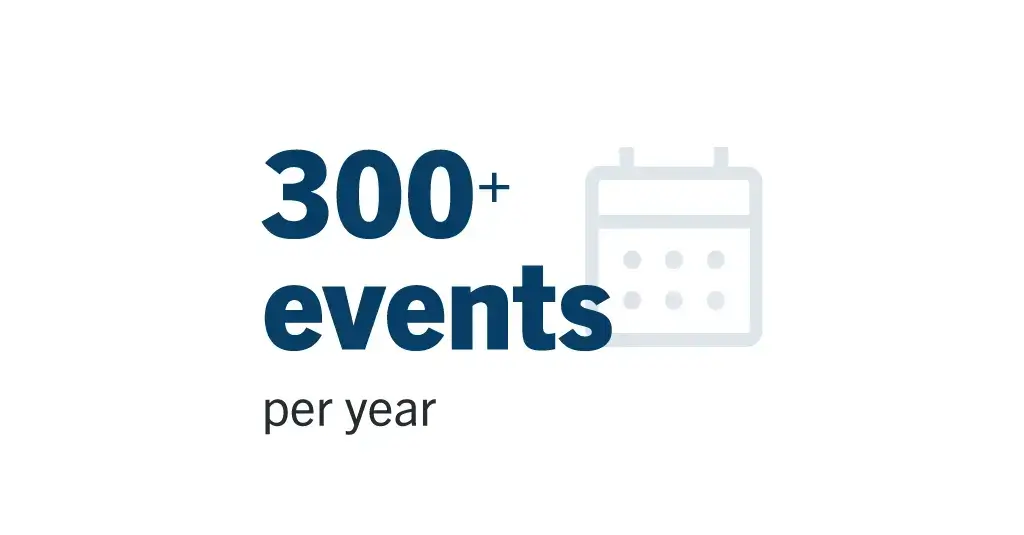 In addition to hosting 300-plus events and welcoming over 100,000 people annually, the theatre operates as a stand-alone nonprofit, adding complexity to documentation and process requirements. The staff has found, however, that Laserfiche adds an extra layer of quality assurance.
In addition to hosting 300-plus events and welcoming over 100,000 people annually, the theatre operates as a stand-alone nonprofit, adding complexity to documentation and process requirements. The staff has found, however, that Laserfiche adds an extra layer of quality assurance.
“Laserfiche has elevated the quality of our documentation,” Vargason said. “The organization and detailed documentation of our events is noticed by our clients, and it elevates the overall professionalism of our organization. It instills confidence in clients, knowing that we are focusing on the details, and we will deliver well-executed events.”
The theatre has seen benefits from using Laserfiche on a day-to-day basis for:
- Leads collection and management: Laserfiche is a powerful tool for capturing information about potential clients and opportunities, providing centralized document storage, improved collaboration between sales and marketing, and robust security features to help protect the theatre’s lead data.
- Contracting: Using Laserfiche to manage and generate contracts, supported by an e-signature integration, streamlines the contracting process.
- Records management and client/event information storage: Storing digital files related to clients and events, as well as having the ability to manage emails and other records in Laserfiche, provides a centralized and organized place to access the information staff members need to do their jobs, while supporting compliance and recordkeeping requirements.
- Task management: With so many performances, films, talent competitions and other events to organize, and plenty of other moving parts to the business, the theater uses a customized Laserfiche form to centralize tasks and make sure they are moving forward.
- Online contact forms: Using Laserfiche Forms on the theatre’s website, staff members have streamlined the process of collecting and managing inquiries, including for a recently launched internship application.
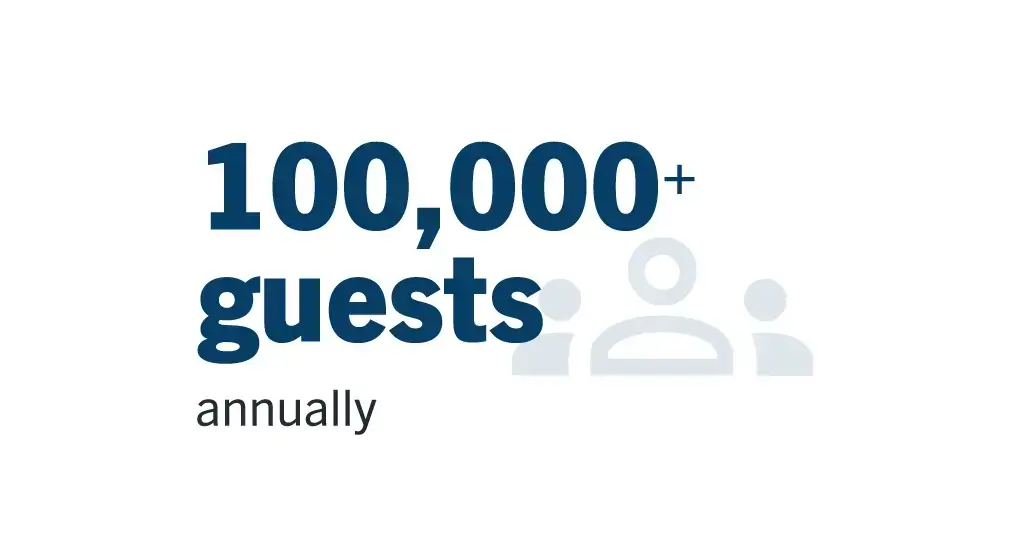 Laserfiche continues to grow with the organization. The theatre recently added a maintenance portal and hopes to introduce the board of directors to their own portal soon.
Laserfiche continues to grow with the organization. The theatre recently added a maintenance portal and hopes to introduce the board of directors to their own portal soon.
Additionally, integrations between Laserfiche, Microsoft 365 and Outlook streamline information flow even further, reclaiming time for staff members for value-added activities rather than making sure emails and other files are stored in the right places.
“Gone are the days of navigating paper files,” Vargason said. “We can quickly and efficiently view files, refer to contracts and past conversations, and make faster decisions when it comes to planning and executing our events.”
She added that the organization’s ROI extends beyond monetary metrics, with the theatre seeing improved productivity and reduction in errors — making the theater easier than ever to do business with. By digitally transforming the theatre’s paperwork, the team was even able to hire an additional staff member to support their growing performance and events schedule.
The theater continues to implement Laserfiche across more areas, with the board of directors, technical department and accounting department on the horizon. The ongoing digital transformation has increased efficiency, organization and collaboration at Maryland Theatre, so that staff can focus on the part of their work that can never be digitized: creating outstanding events and memories at a historic cultural venue.
“Laserfiche is better than a CRM; it’s a centralized hub where all staff can view, add and update information for our events and performances,” said Jessica Green, executive director at the theatre. “The program holds staff accountable and offers them a checklist at the same time — empowering them to complete the 200-plus tasks that are necessary for each event and performance.”
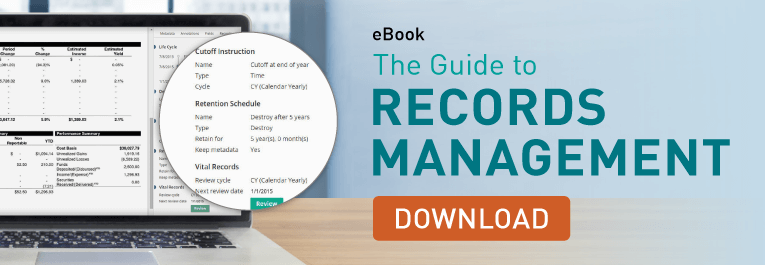

 Bath Building Society had already been using Laserfiche as a data repository for over 10 years when in 2022, the organisation performed a strategic review of its entire IT architecture. The assessment revealed a gap in the Society’s enterprise workflow capability, which led the Society on a search for a system that could create scalability through automation. At the same time, the Society needed to simplify compliance with regulatory requirements with tools such as audit trails and records retention schedules.
Bath Building Society had already been using Laserfiche as a data repository for over 10 years when in 2022, the organisation performed a strategic review of its entire IT architecture. The assessment revealed a gap in the Society’s enterprise workflow capability, which led the Society on a search for a system that could create scalability through automation. At the same time, the Society needed to simplify compliance with regulatory requirements with tools such as audit trails and records retention schedules.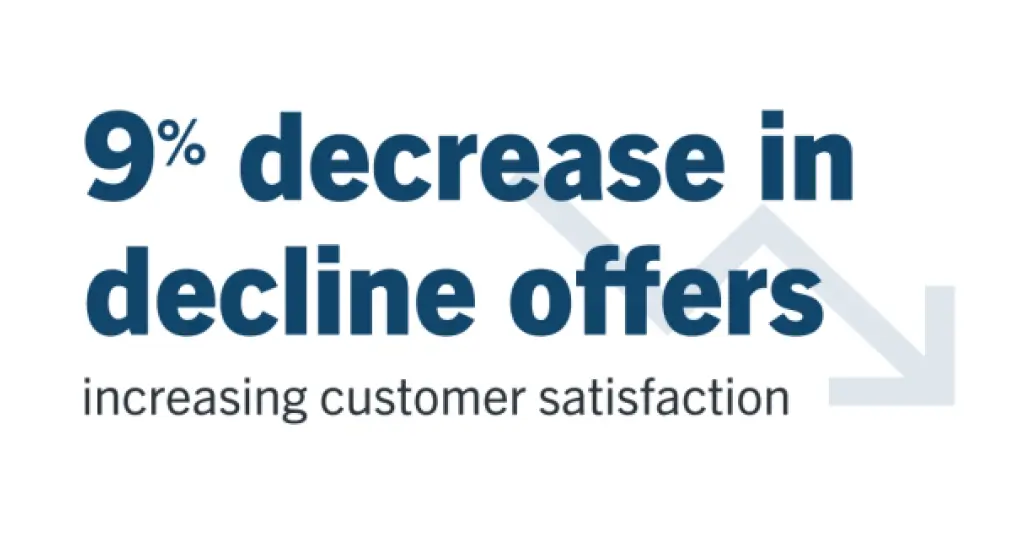 The legacy process involved a 100-question paper form — common in the industry — that was not only unwieldy to the applicant but also to the Society staff. Using Laserfiche, the team transformed the application into a dynamic, digital questioning tool which only asked the applicant relevant questions based on the details that the applicant provided.
The legacy process involved a 100-question paper form — common in the industry — that was not only unwieldy to the applicant but also to the Society staff. Using Laserfiche, the team transformed the application into a dynamic, digital questioning tool which only asked the applicant relevant questions based on the details that the applicant provided.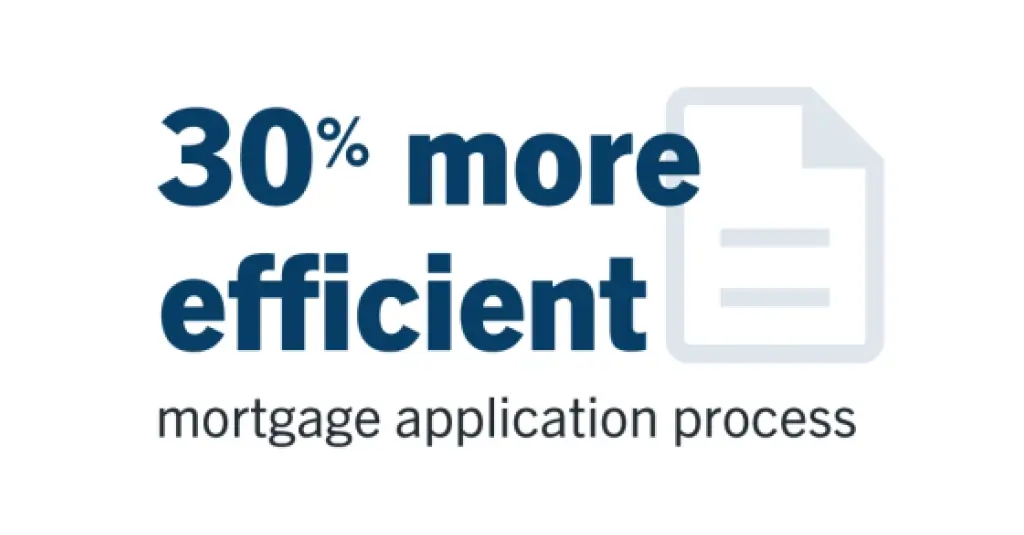 “Certainly, in the mortgage space, speed is really important,” Burnard said. “Improving that speed gives a compact customer experience, and then for the end customer — the person who borrows the money — we’re making it quicker for them at the very start of the process. They’ll be happier with quicker turnaround times, quicker responses.
“Certainly, in the mortgage space, speed is really important,” Burnard said. “Improving that speed gives a compact customer experience, and then for the end customer — the person who borrows the money — we’re making it quicker for them at the very start of the process. They’ll be happier with quicker turnaround times, quicker responses. “It’s a huge culture shift with clear accountability,” Burnard said. “It reduces the time it takes because all the information is in one place, and it reduces complexity because it’s only going to the team that needs to take action. We have an audit trail — it’s faster, simpler and more compliant.”
“It’s a huge culture shift with clear accountability,” Burnard said. “It reduces the time it takes because all the information is in one place, and it reduces complexity because it’s only going to the team that needs to take action. We have an audit trail — it’s faster, simpler and more compliant.” Meanwhile, innovative technologies create more sustainability for the business as well, with younger employees expecting a streamlined, modern experience. “Old systems are unintegrated, visually unappealing,” Burnard said. “Laserfiche Cloud is a much more visually appeasing system to use. It’s much more intuitive, and it’s what colleagues expect to see when it comes to workplace technology.
Meanwhile, innovative technologies create more sustainability for the business as well, with younger employees expecting a streamlined, modern experience. “Old systems are unintegrated, visually unappealing,” Burnard said. “Laserfiche Cloud is a much more visually appeasing system to use. It’s much more intuitive, and it’s what colleagues expect to see when it comes to workplace technology.




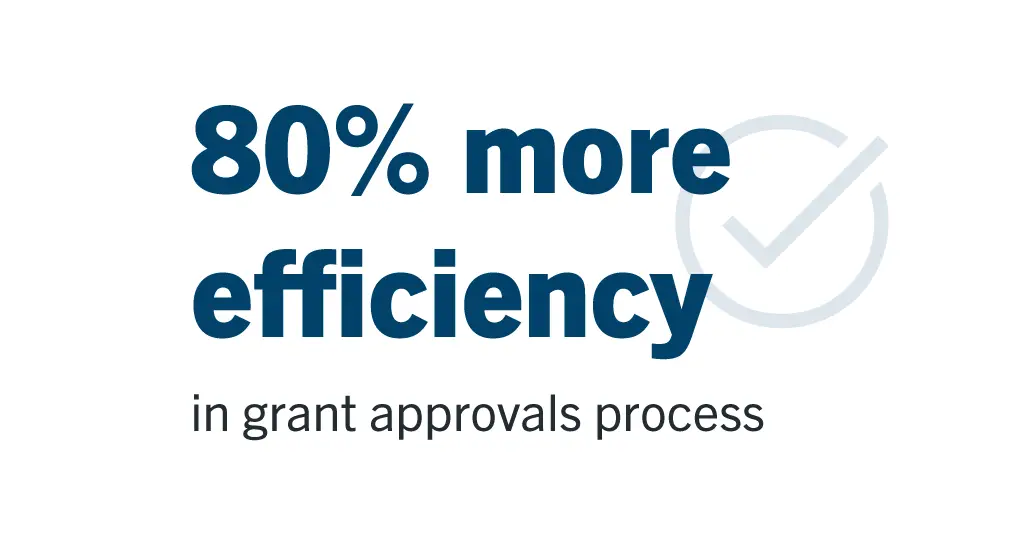 From there, the team quickly saw new opportunities for automation. They created a Laserfiche workflow that streamlined the process for Samish’s chairman and secretary to sign off on resolutions. But things really took off after the launch of the automated grant application process — a complex yet critical operation that involves the distribution of materials between five sites for review and approval. The legacy process was entirely manual and time intensive. Today, it’s managed through a Laserfiche form and automated workflow which were created with the help of the
From there, the team quickly saw new opportunities for automation. They created a Laserfiche workflow that streamlined the process for Samish’s chairman and secretary to sign off on resolutions. But things really took off after the launch of the automated grant application process — a complex yet critical operation that involves the distribution of materials between five sites for review and approval. The legacy process was entirely manual and time intensive. Today, it’s managed through a Laserfiche form and automated workflow which were created with the help of the 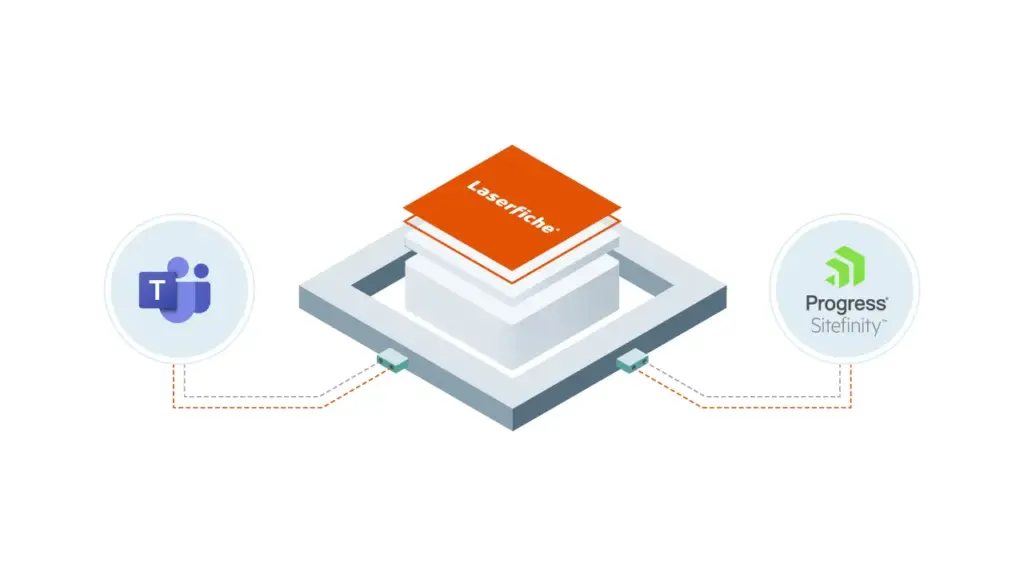
 “As we’re looking at systems, one big thing we consider is how we can enhance it with Laserfiche,” Walters said. “We want to invest in things that work well with the Laserfiche platform, that can extend and work with it.”
“As we’re looking at systems, one big thing we consider is how we can enhance it with Laserfiche,” Walters said. “We want to invest in things that work well with the Laserfiche platform, that can extend and work with it.”
 With so many existing success stories with Laserfiche, the district already has its next project lined up: an overhaul of the Title IX investigation process. They are currently working with Cities Digital as their Laserfiche solution provider.
With so many existing success stories with Laserfiche, the district already has its next project lined up: an overhaul of the Title IX investigation process. They are currently working with Cities Digital as their Laserfiche solution provider.